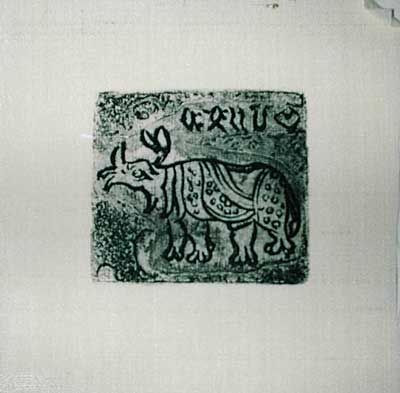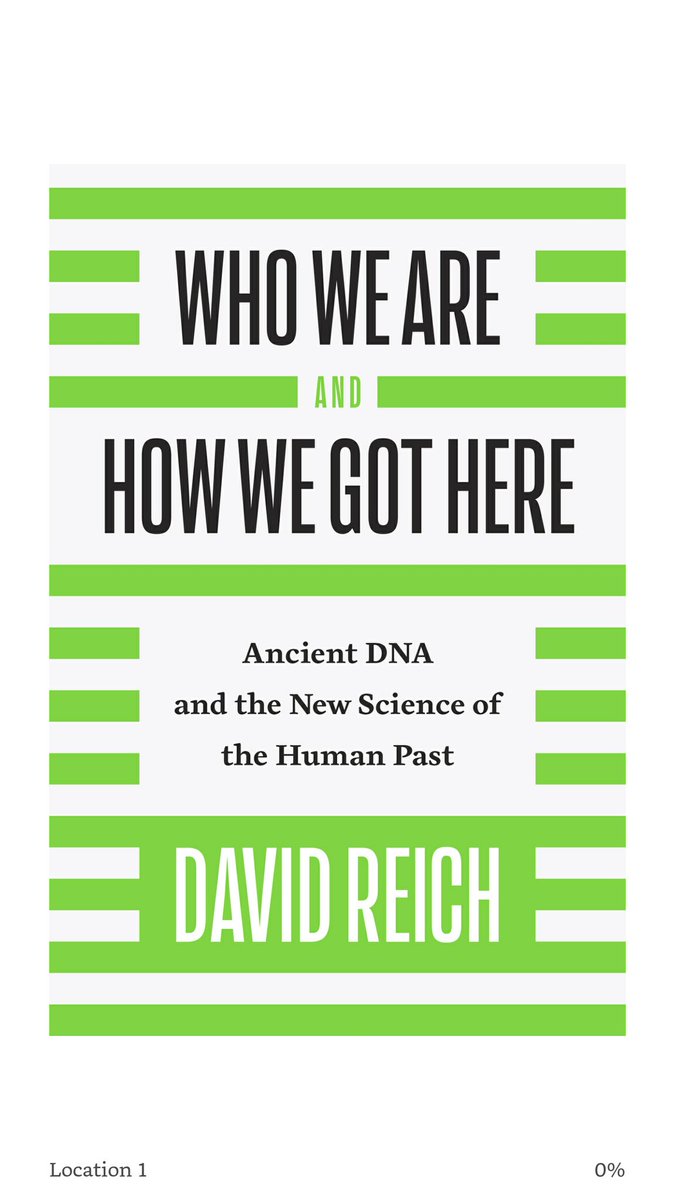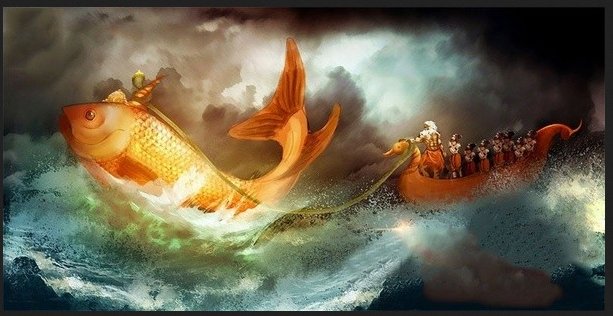biorxiv.org/content/early/…
public.tableau.com/profile/vaghee…

This mixed population is genetically similar to present-day people of Swat Valley.
That is not surprising. We know of many such migrations: Greeks, Scythians, Tocharians/Kushans, Huns, etc. who migrated to India and assimilated into the population.
What is unique about India is its distinctive culture and civilization - which could only have developed within India's geography.
As such, the study cannot throw light on the genetic makeup of the Indus/Sarasvati valley people.
Determining the language/culture of the Indus/Sarasvati valley people is beyond the study's scope, as is determining the language/culture of the migrant peoples.
Can the study identify the ethnic/genetic origin of the original IVC inhabitants? Can it identify their language/culture? No, it cannot. Again, it's beyond the study's scope.
Does it find that Sanskrit and Vedic culture were brought into India by migrants? No, it does not.
This should include a large number of pre-5000 BCE individuals, & ideally a few pre-7000 BCE individuals.
Many more studies will have to be conducted before the true picture of India's genetic past (and indeed, that of the world) emerges.
Give it another 10-20 years.
Settle down, we're in for a long ride.










